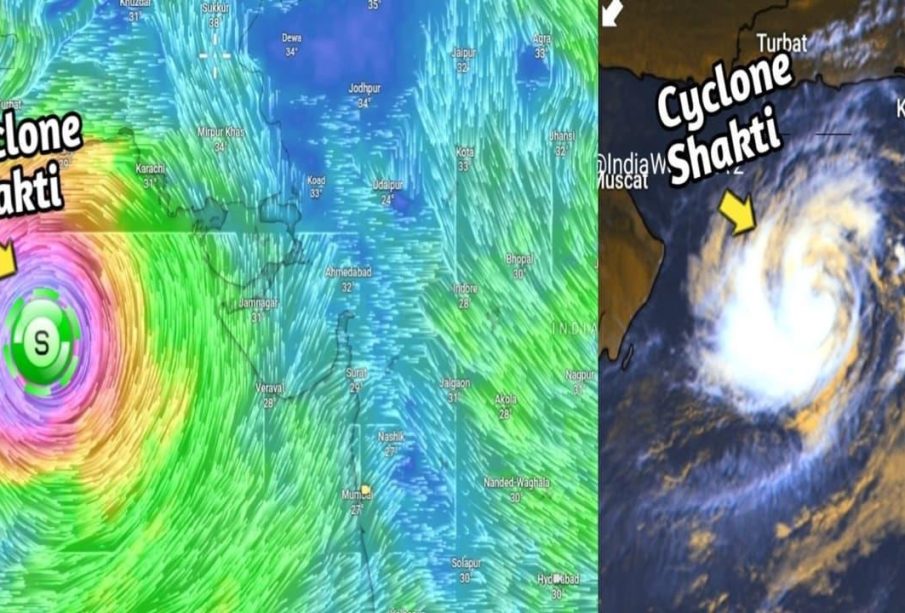Shakti Cyclone: A Recent Natural Disaster and Its Impact

Introduction to Shakti Cyclone
The Shakti Cyclone, a recent tropical cyclone that significantly affected parts of India, has once again highlighted the growing concerns regarding climate change and extreme weather conditions. Occurring in October 2023, this cyclone serves as a stark reminder of the urgent need for preparedness and understanding of such natural disasters. With the climate crisis intensifying the frequency and severity of cyclones, it is crucial for communities to comprehend the risks and develop effective response strategies.
The Formation and Path of Shakti Cyclone
The India Meteorological Department (IMD) has reported that the Shakti Cyclone originated in the Arabian Sea, gaining strength as it moved towards the western coast of India. As of October 15, 2023, the cyclone reached a Category 3 status on the Saffir-Simpson scale. Subsequently, it made landfall near the coastal regions of Maharashtra and Gujarat. The cyclone was characterized by wind speeds reaching up to 120 km/h, leading to extensive damage in many areas.
Impact on Affected Regions
As Shakti Cyclone made landfall, it brought heavy rainfall resulting in floods, landslides, and power disruptions across various districts. Reports indicate that thousands of people were evacuated from vulnerable coastal areas, with relief camps set up to provide shelter and emergency supplies. The cyclone’s impact on agriculture has also raised concerns as crops were destroyed in several districts, affecting the livelihood of many farmers. Additionally, local infrastructure faced severe damage, highlighting the necessity for resilient construction in cyclone-prone areas.
Government Response and Recovery Efforts
In response to the cyclone, the government initiated emergency protocols, including deploying the National Disaster Response Force (NDRF) to assist with rescue and relief operations. The focus was not only on immediate relief but also on long-term recovery strategies to rebuild and support affected communities. Financial assistance for restoration and compensation for lost crops and property is being discussed to support those impacted by the cyclone.
Conclusion and Future Significance
The occurrence of Shakti Cyclone reaffirms the essential need for comprehensive disaster management planning as climate change continues to influence weather patterns. The lessons learned from this event must lead to improved warning systems, infrastructure resilience, and public awareness campaigns. As India faces an increasing number of such climate-induced disasters, building capacity to respond effectively will be crucial in safeguarding lives and securing the livelihoods of affected populations.


